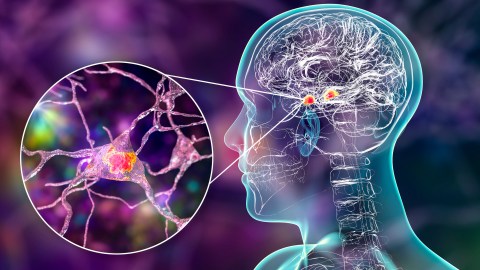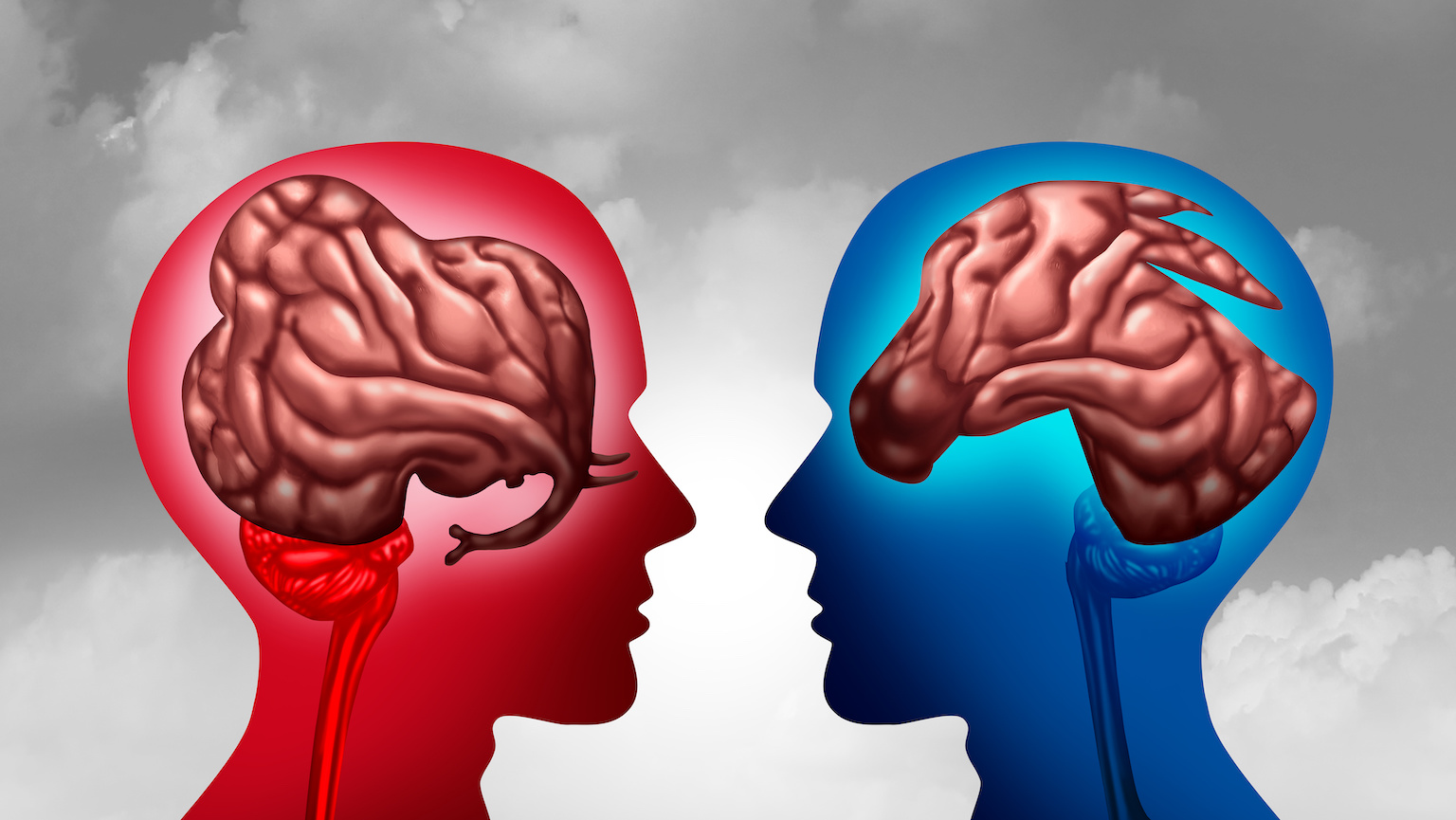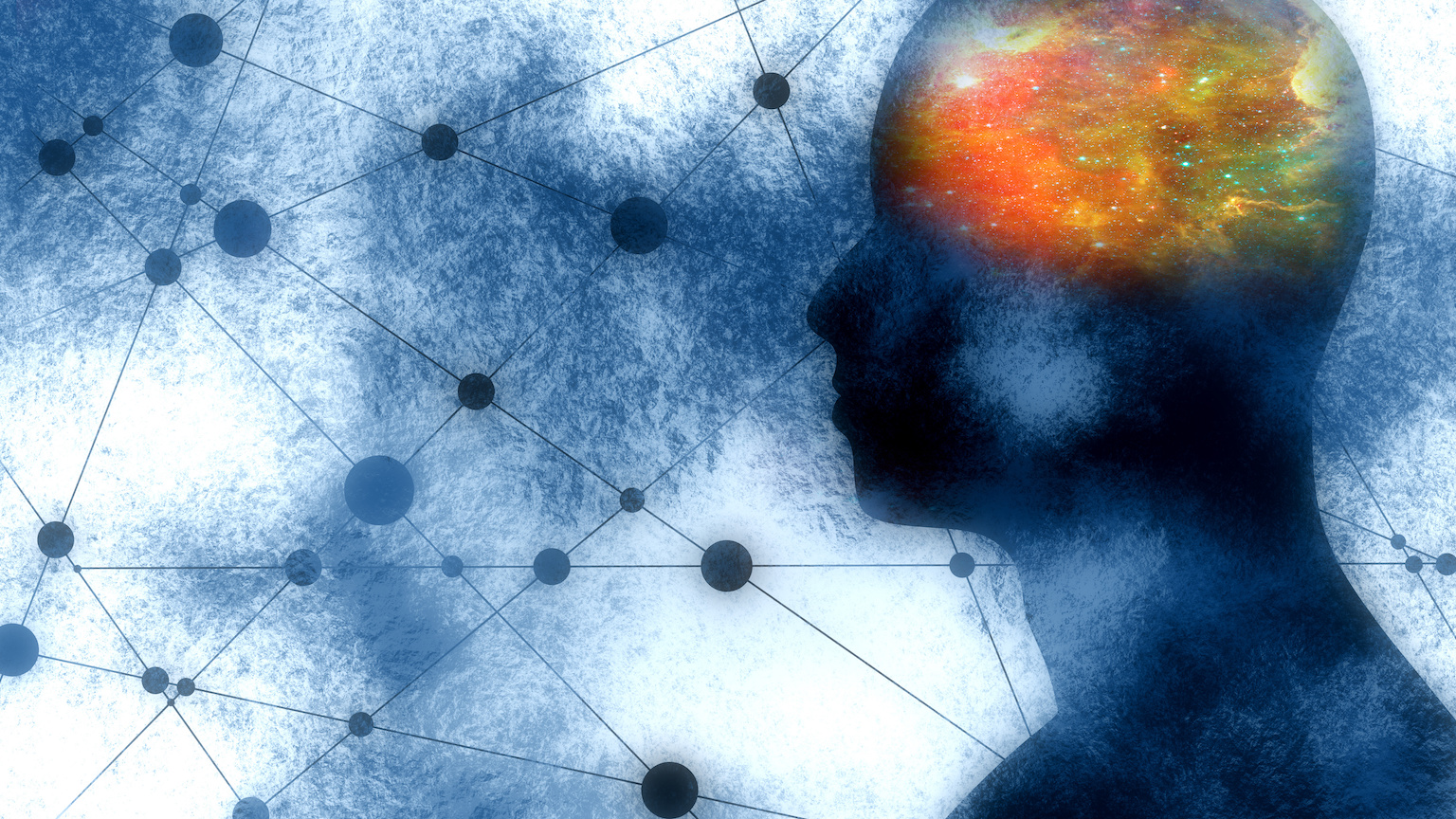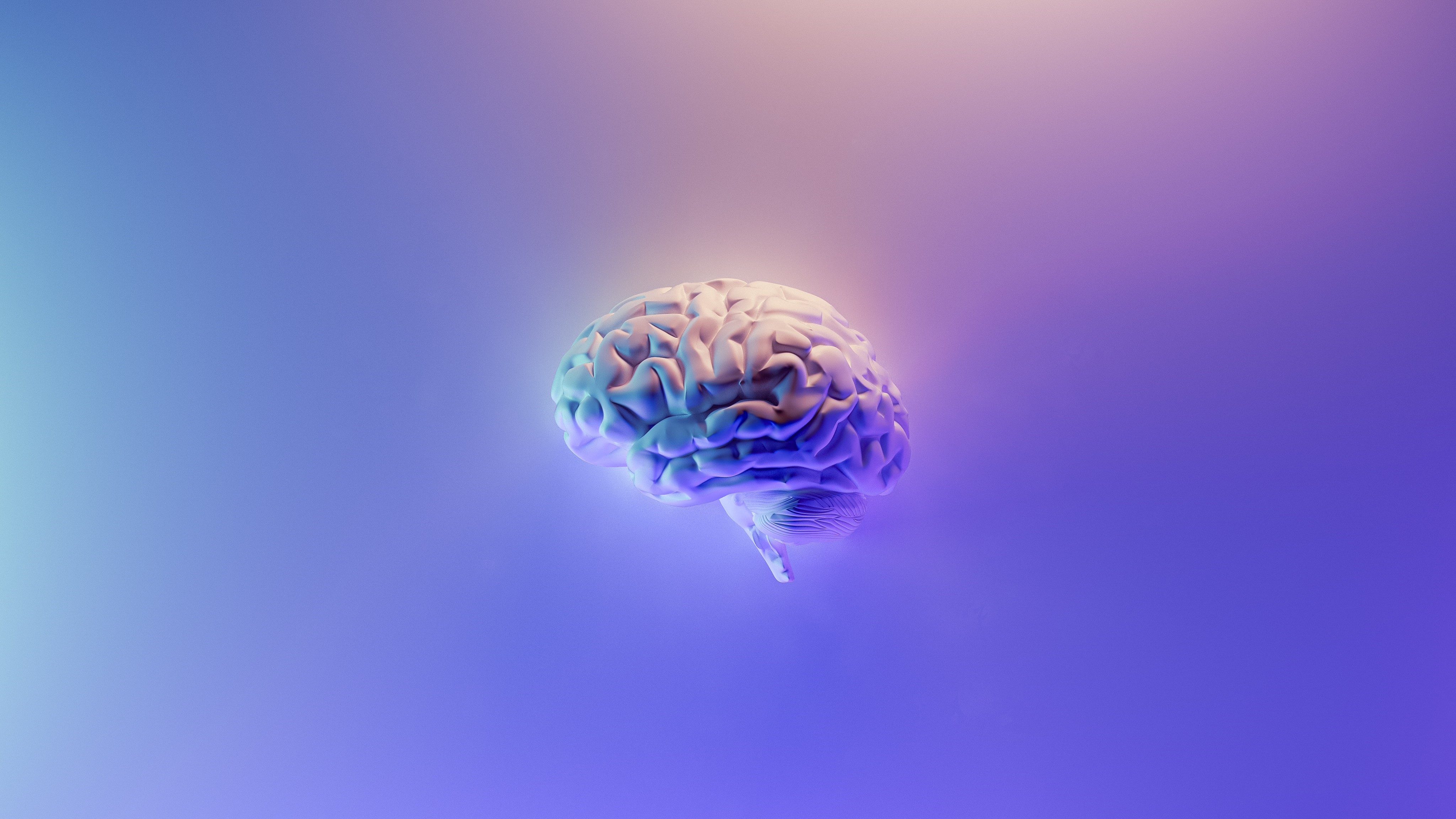Amygdala damage impairs moral judgment

- Our sense of morality is inextricably linked to our brains.
- Many patients with Urbach-Weithe disease (UWD) have damage to a brain structure called the amygdala, an almond-shaped structure popularly known as the “fear center.”
- UWD patients exhibited a breakdown of moral utilitarian judgment on the infamous trolley car problem, frequently choosing to save one person instead of thousands of others.
The so-called “trolley car” problem is a classic thought experiment widely known in the fields of ethics and moral philosophy. It involves imagining that you are standing beside a switch at a fork in a railway track, with a runaway trolley hurtling down toward a group of five workers. On the other branch of the line is another lone worker. Do you flip the switch to divert the trolley toward the lone worker to save the group?
Most of us know that killing an innocent person is wrong. Yet, faced with this dilemma, most people decide that flipping the switch to save five people by sacrificing one is the right thing to do. But, as a new study shows, people with a rare form of brain damage are impaired in their ability to make such utilitarian moral judgements.
Abnormal amygdala
Jack van Honk of Utrecht University in the Netherlands and his colleagues examined five South African patients with Urbach-Weithe Disease (UWD), a rare inherited condition that causes an accumulation of calcium salts in the skin and soft tissues, making them hardened and shrivelled. Approximately 400 cases of this disease have been documented to date, more than half of whom have damage to a brain structure called the amygdala.
The amygdala is a small, almond-shaped structure that is known to be involved in emotional processing and is popularly referred to as the brain’s “fear center.” Previous studies of patient S.M., a 50-year-old woman who developed UWD as a child, showed that she cannot recognize emotions in the facial expressions of others and does not experience fear when exposed to live snakes, spiders, haunted houses, and horror films.
Subsequent research showed, however, that inhalation of 35% carbon dioxide can evoke fear and panic attacks in S.M. and two other UWD patients, suggesting that while the amygdala seems crucial for fear triggered by external threats, other brain mechanisms are responsible for internally triggered fear.
On the basis of animal research showing that the basolateral nucleus of the amygdala plays an important role in outcome-based decisions and behaviors, van Honk and his colleagues hypothesized that this structure would also play a role in utilitarian moral judgments made by humans. The researchers first used high-resolution magnetic resonance imaging to confirm that the five UWD patients do indeed have damage localized to the basolateral amygdala in both hemispheres of the brain, and then compared their decisions on a series of moral and non-moral decisions to those of 11 control participants without brain damage.
In the Proceedings of the National Academy of Sciences, they report that the UWD patients exhibited a breakdown of moral utilitarian judgment on the trolley car problem, frequently choosing to save one person instead of saving larger numbers, even when their decisions would result in killing thousands of people. The authors conclude that the basolateral amygdala is critical for value-based decisions to sacrifice another person for the greater good.
The complex neuroscience of morality
A study published last year showed that while S.M. and several other UWD patients cannot predict fear in others, they deem it impermissible to cause others fear, leading the researchers to conclude that although social emotion recognition and morality may be related, they are distinct from one another.
The authors of the new study suggest that heightened sensitivity to social pain may play a role in their patients’ inability to make moral judgments. In interviews, the patients stated that they had understood both the actions required of them and their outcomes, but decided not to sacrifice the individual because it was too upsetting and “hurts too much.”





